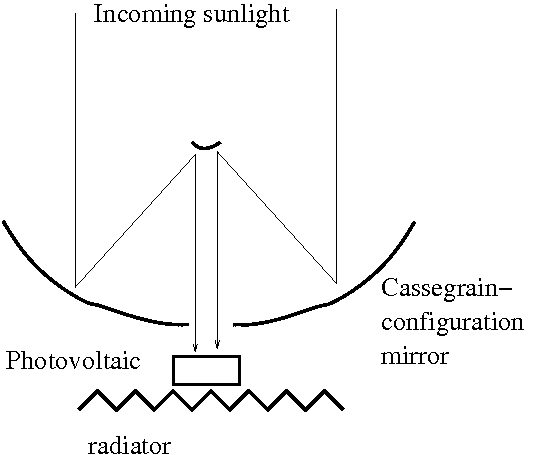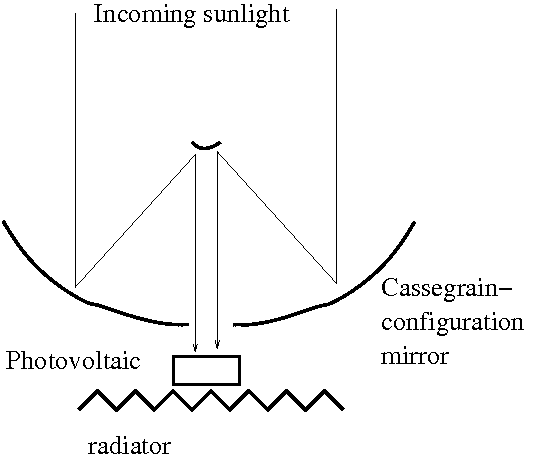So suppose we get into space — by space pier, new private launch capabilities, or whatever. Then what? LEO is halfway to anywhere, but only halfway.
Unlike the Earth, which is matter rich but energy poor, the inner solar system is the opposite — energy rich but not much matter. This ought to be a recipe for going fast.
The simplest way to take advantage of the energy, which is of course in the form of sunlight, is solar sails. These have a deep historical connection with nanotechnology: Eric Drexler invented his eponymous solar sail in the 70s and became critically interested in manufacturing because it was too delicate to fold, launch, and unfold, but had to be built in place, in space. The May 1979 issue of L5 News is a crucial resource for anyone interested in this topic, particularly in pointing out how solar sails radically change the economics of exploiting the solar system. Drexler’s design was rightly considered a breakthrough.
Solar sails work by redirecting the momentum of incoming photons. Their efficacy can be measured in mPa (milliPascals, i.e., milliNewtons per square meter of sail surface); near Earth’s distance from the Sun a sail gets about 0.01 mPa. For practicable designs, even Drexler space-manufactured ones, this represents accelerations on the order of 0.001G for the spacecraft as a whole. This is great considering it uses no fuel, but trips around the inner solar system are to be measured in months or years.
The best competitor to solar sails is electric propulsion. If we get fusion working, great; but at the moment the best way to go seems to be solar electric. This consists of a solar generator which powers an ion engine. The best design for a solar electric drive I’ve seen is also from Drexler, although it isn’t as well known as the sail.
It consists of Cassegrain-configuration concentrators feeding photovoltaic cells, like so:

The mirror can be hundreds of times bigger than the PV cell, and essentially solar sail material, making the whole thing not too much heavier than a plain sail. Ordinary silicon photovoltaics would work, but nanotech can probably do better. The radiator is behind the mirror from the sun, and thus equilibrates towards the background 3K, keeping the cell cool and thus working efficiently. The whole business is tiny, built with nanotech, and replicated billions and billions of times to make up square kilometers of sail area.
We add a structural framework that doubles as tanks for hydrogen reaction mass, and nanoscale proton accelerators that are our ion engines. We can still imagine doing the whole thing for about a gram per square meter. About a 5keV accelerator — dinky in physics terms — gives us an exhaust velocity of 1M m/s (for a specific impulse of ~100k). Each square meter of sail can provide about a kilowatt of power, enough to accelerate 2 micrograms of hydrogen per second. This gives us a thrust efficacy of 2 mPa, 200 times higher than a solar sail.
If we started with a 50% mass ratio, like a 747, total delta-V would be on the order of 50 km/s; by comparison, the velocity of the Earth in its orbit is 30 km/s. We could accelerate at about one-tenth G for about a week, changing travel in the inner system from Magellan times to QE2 times.
That ought to do for a start. But keep in mind: we could be building the solar sails now.
